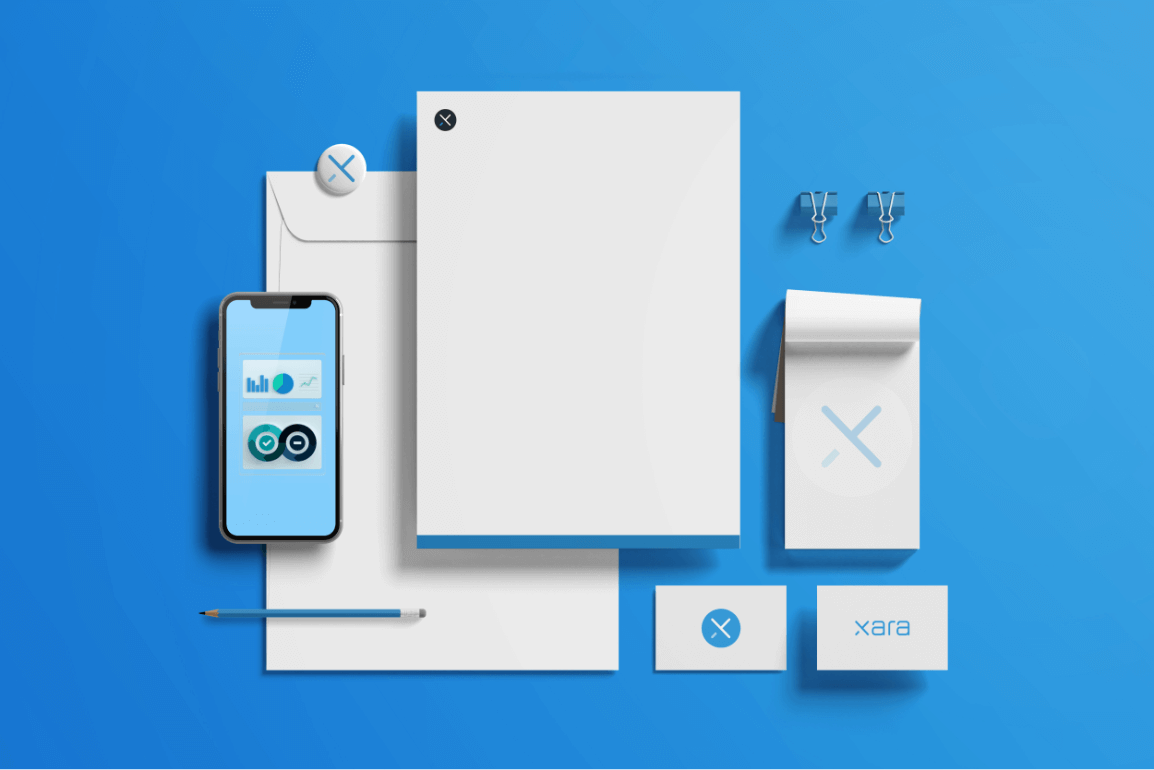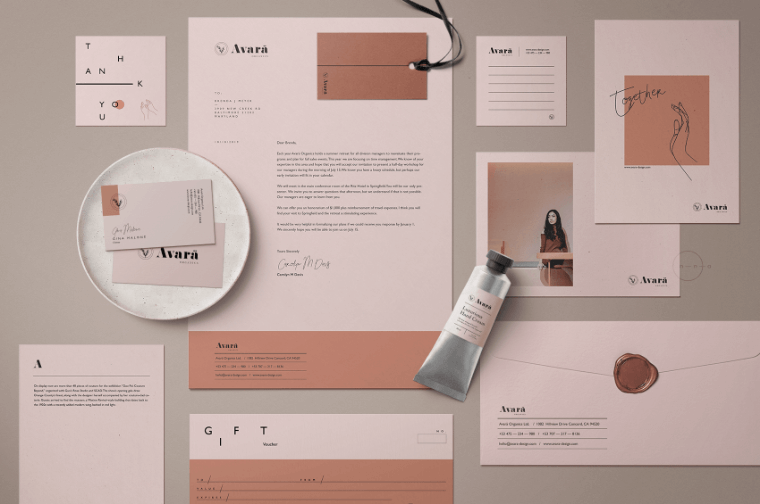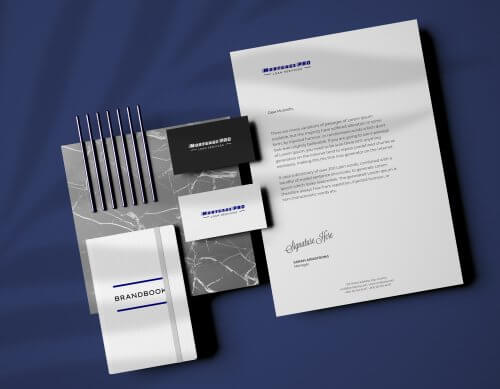
You know how they say that no detail is too small? It might be a cliché, but who cares if it drives real results, right? There is an underrated value in the little bits and pieces that make up our daily interactions and could influence our perception of things. Small acts of kindness, a smile from a customer care representative, or a compliment from a stranger. These small details do not change much in the grand scheme of things, but they have the power to turn our day from good to great. Or from bad to good.
And if there is much value in paying attention to details, how can we apply the same principle to our branding strategy? Where do the details reside? In the brand stationery, of course.
The reality is that a lot of brands actually overlook this aspect of branding and the impact it could have on future customer interactions. From letterhead paper, pamphlets, or business cards, each stationery element needs to be treated with care in order to enhance the overall look and credibility of a brand. So let’s dive deeper into the subject of brand stationery and uncover why brands should be paying attention to it.
The Benefits of Brand Stationery
Brand stationery is more than a piece of paper. It’s the element that consolidates your visual identity and helps you stand out in front of your customers. Moreover, it also helps your business look more credible and professional. When the market is brimming with competitors, these are important aspects that explain the importance of brand stationery. Let’s explore the benefits in more detail.
1. Ensures that Your Visual Identity Stands Out
You know you have to work hard in order to make the visual identity of your brand stand out. Your logo, your brand typography, your color palette — they will not stick in the eyes of your audience unless they are constantly exposed to these elements. So why not add them on every platform and touchpoint, including your brand stationery? As a result, it could help your customers see you in a more professional light and make your brand stand out in the marketplace.

Source: image
Example: Soom logo brand identity design
2. Helps You Make a Great First Impression
First impressions count — you know that. And in business, first impressions start once you hand out a business card to a prospective customer. As a result, you need to make sure that the card communicates more than your contact information. It should be on-brand and include your logo, brand color palette, and brand typography in order to generate a positive impression and help you close more deals.
3. Let the Details Do the Talking
Investing in high-quality brand stationery also helps you represent your brand, even when you’re not part of the discussion. Handing out a branded notepad or calendar stands to show that you appreciate your prospects and business partners. In turn, these items could be visible in their close circle and help you drive better brand awareness and recognition in the marketplace.
Common Brand Stationery Examples
There are plenty of ways to get in front of your audience with customized stationery. Here are just a few examples you could use in your branding efforts.
Pens
Never underestimate the utility of a pen. We do a lot of things digitally, but a pen always comes in handy whenever we need to take notes during a meeting or conference, prepare business transactions, or provide our signature. Because they are highly-used by customers or employees, branded pens could be a good choice for your brand stationery efforts.
Notepads
Notepads are one of the most popular approaches to branding your stationery. And for good reason — they are useful and practical. And if you add an eye-catching design to them, they can quickly become a favorite stationery staple. In addition to its utility, you can also use some inside pages in the notepad to advertise your products or services and drive more customers to your business.
Postcards
In our digital-first economy, there is something special about receiving a direct mail postcard. They could be used to show appreciation to your customers or drive a promotional initiative. And the best part is that your activity can be kept under the radar, as no competitor will be able to track your direct mail campaign. If you plan a big promotional campaign through postcards, you can test it first with a small group of people. Based on the results, you can mail them to a larger group and grow your deals and offers.
Letterheads and Envelopes
The letters you send to your prospects and business partners are mailed on behalf of your company. This should be reflected in the documents as well, using letterheads and envelopes containing your logo and business details. As a result, the recipient can easily access your contact information and get in touch with you in an instant. This can also help you close more deals faster and more effectively.
Calendars
Custom calendars are also among the most popular branded stationery items out there. They are something that users check and see on a regular basis, so you can use them to display your products and services on each page. And because they will be used year-round, you can also go the extra mile with beautiful design and imagery, or personalize them with motivational quotes that will keep the customer engaged throughout the year.

Source: image
Example: Fashion & lifestyle theme, for Avara brand
Brand Stationery: The Details that Make a Difference
Stationery items have been the unsung heroes of great branding. They might seem unnecessary in our digital world, but they definitely make a difference to help you advance your brand identity.
The most important aspect of brand stationery is the personalization you can add. There are plenty of tools out there that can easily customize the format and fields of your stationery according to your needs. And once you have the desired outline, you can use them to add your branding elements and contact information in order to enhance brand awareness and recognition.

Example: Customized wood crafting solutions company stationery
The Xara branding hub
Whether you want to grasp the basics of branding for your new business, want to work on your brand strategy, are stuck with your brand visuals or want to find branding tips on how to grow your business, check out:
- Foundations — Learn the basics of branding
- Strategy — Plan your brand strategy
- Build Story — Build a brand 1: Your brand story
- Build Visuals — Build a brand 2: Your brand visuals
- Management — Control your brand: Brand management
- Growth — Grow your brand: Brand marketing
- Improvement — Improve your brand: The rebrand
- Measurement — Measure your brand: Brand analytics and KPIs
